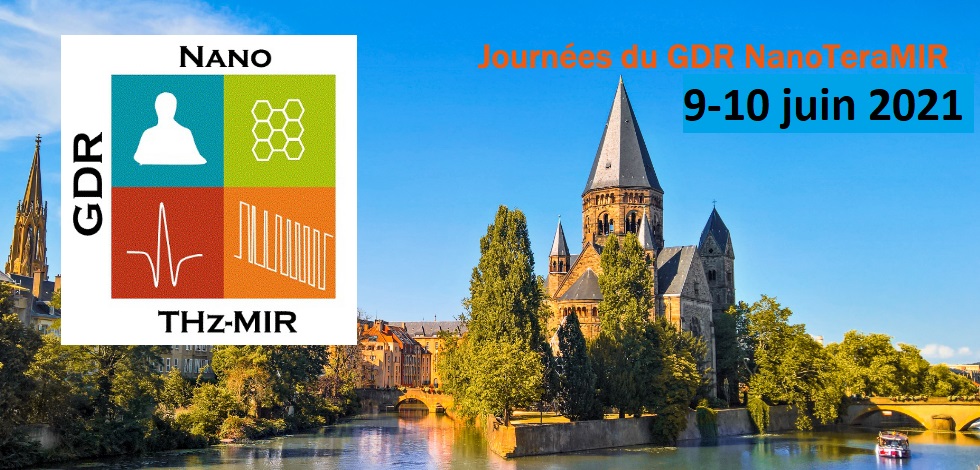Volatile organic compounds (VOCs) are emitted into the atmosphere by natural processes (vegetation, oceans, etc.) or as a result of human activities (transport, industry, etc.). To study their atmospheric evolution, research work on their reactivity with the main oxidants is carried out into atmospheric simulation chambers (ASC). A new ASC, CHARME for "CHamber for the Atmospheric Reactivity and the Metrology of the Environment", has therefore been developed at the LPCA, in the regional research and technological innovation platform called IReNE [1]. The originality of CHARME is its combination with innovative detection methods using optical and electronic sources from the UV-Visible to the TeraHertz (THz) frequency range for in situ and time-resolved monitoring of stable and unstable gas phase molecules involved in atmospheric reactivity processes.
The development of a multi-pass "Chernin type" cell operational from the near-IR to THz/submillimeter wavelengths and its coupling to CHARME with pathlengths adjusted from 120 m. (24 paths) to 280 m. (56 paths) in THz and 480 m (96 paths) in Near-IR allowed to detect and quantify greenhouse gases at trace levels by probing their rotational and rovibrational transitions. While different UV/IR spectrometer equipped the ASC, we are the first to couple a THz source to a ASC and to reach a so long THz path with a multi-pass cell [2]. Significant absorbances of 400 ppm residual N2O traces at 577.58 GHz and 200 ppm O3 traces have been measured with a path-length adjusted to 200 meters. Right now, the accessible detection levels for both compounds are limited to tens of ppm due to strong variations caused by multiple interfering stationary waves in the Chernin cell. The modelisation of these baseline variations is under progress.
The use of THz spectroscopy in an ASC such CHARME opens new possibilities especially for the monitoring of stratospheric reaction processes at low-pressure or for new measurements of the water vapor continuum at submillimeter wavelengths. Moreover, the versatility of the submillimeter electronic sources will allow to perform time-resolved quantitative spectroscopies of reactants, oxidants and products involved in targeted reactions occurring in the high altitude atmospheric layers.



